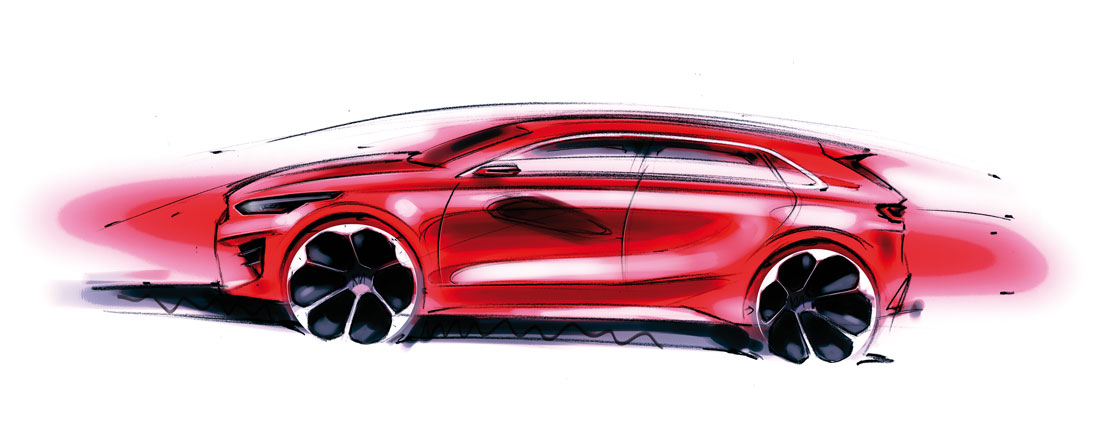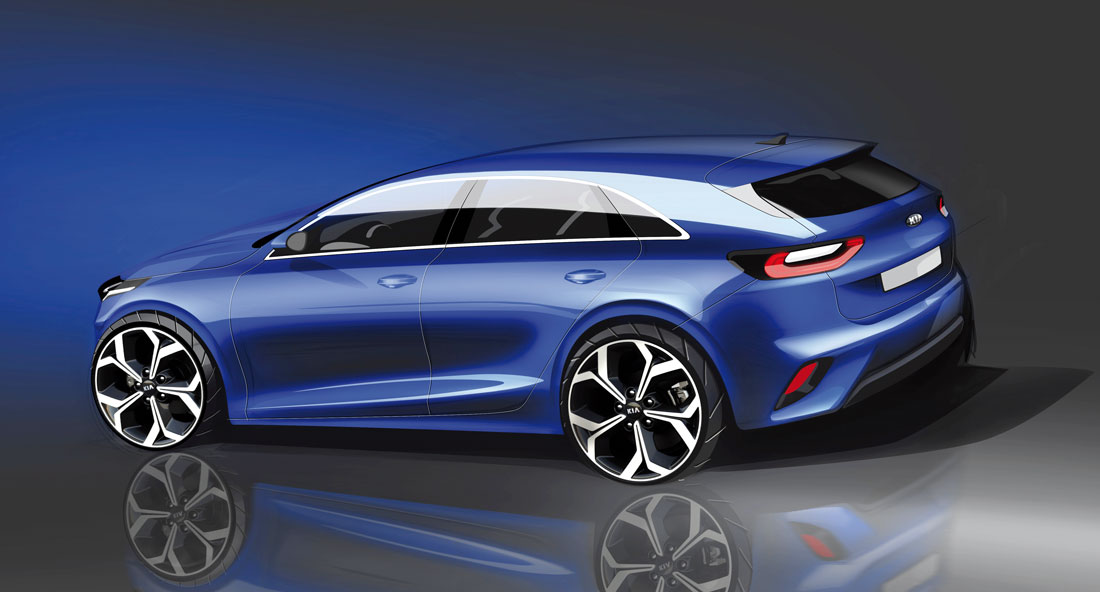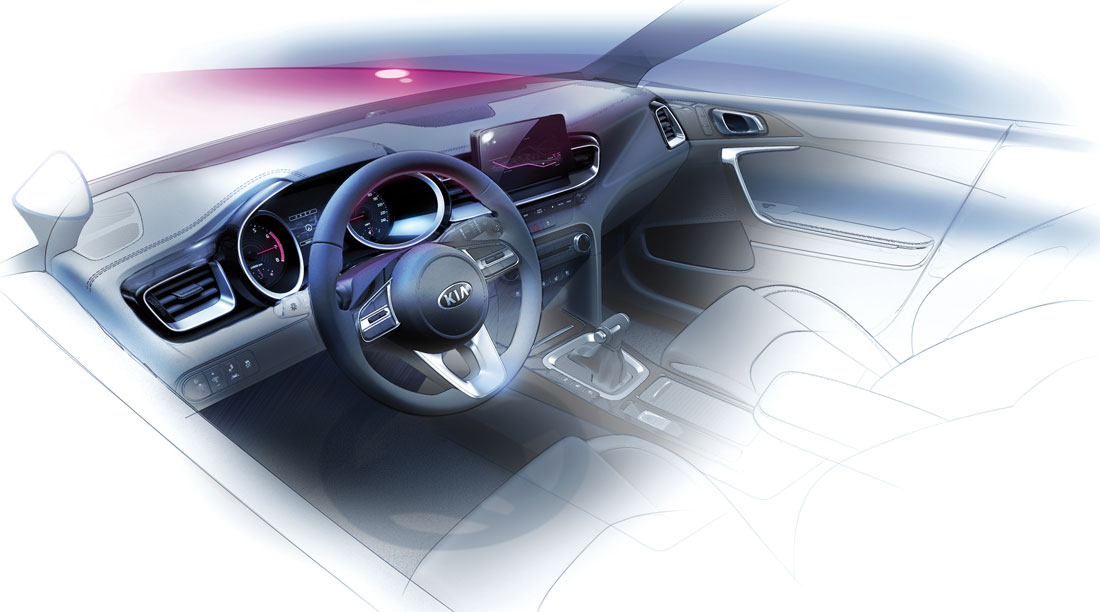At times, a generational change in the career of a model demands stylistic reflection to the point that the visual structures have to be reworked to such an extent as almost to redefine the relationship that binds the product to the user. This is what happened with the latest iteration of the compact Kia: “We have reached a new level of maturity”, explains Grégory Guillaume, head of brand design.
“If the first generation, dated 2006, – Guillaume continues – was a well-crafted but rather bland offering, the second, in 2012, marked a decided change in approach through elements like the advanced cabin, the short nose and the very sharp angles. The result? An unquestionably eye-catching car. But perhaps excessively so. The time has come now to turn to a more refined look, one that exudes personality without shouting out loud. The brand has gained more and more authority in recent years, and today’s styling can and must communicate a quiet security”.
In terms of expression, the new approach is reflected in the much more horizontal belt line and the backward cabin, which leaves room for a more classic, sleeker bonnet. The proportions play on the 23 mm subtracted from the height and the 20 added to the width, which are matched by slight variations in the overhangs. Wheelbase and length remain unchanged.
The great attention paid to clean execution stands out above all else: “One of the elements I love most about this project is its precision and control, for example in certain radii of curvature of the pannelling or in the fluidity of the main lines that run along the body of the car. These are aspects that the client may not notice at once, but which actually influence his overall perception”.
In the interior too, improvements mainly tend towards greater formal precision, net of the already valid perceived quality. That extra something is however again concealed, in the pursuit of an original personality: “Now the cockpit is much more driver-oriented”, Guillaume says, “both as regards the design of the controls, as demonstrated by the desire to retain an analogue interface for the instruments, and in the lower driving position”.
There is more room, however, in both the saloon and the wagon, unveiled together at the last Geneva Motor Show. And in terms of usability, the third Ceed also has other succulent surprises: “This time we will not be able to offer a three-door sports variant as in the past, because it is no longer so popular in the market. So a new formula will be needed to define the most dynamic body in the range: the Proceed concept, exhibited in Frankfurt in autumn 2017, suggests one way forward. But it’s not the only one being looked at…”
Full article in Auto&Design no. 230




























